All Science
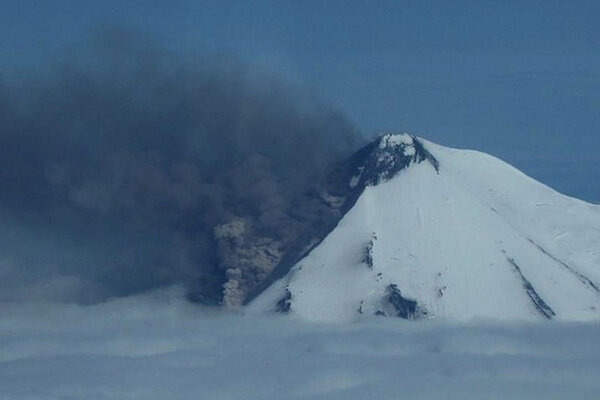 Pavlof eruption: How big is it?
Pavlof eruption: How big is it?The Alaskan volcano's ash column reached four miles, say local pilots. NASA also captured images of lava running from the mountaintop.
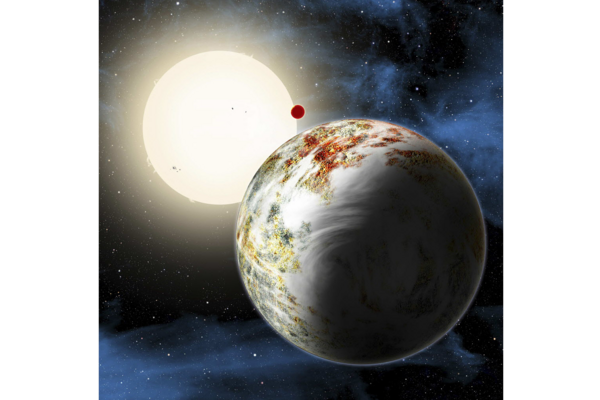 Astronomers spot massive rocky planet, pair of doomed worlds
Astronomers spot massive rocky planet, pair of doomed worldsKepler-10c is 17 times as massive as Earth, but it isn't a gas giant, say scientists at the American Astronomical Association meeting in Boston.
 From pixels to pixies: How 'Maleficent' animators brought their characters to life
From pixels to pixies: How 'Maleficent' animators brought their characters to life'Maleficent,' a mix of live-action and computer-generated imagery, presented unique challenges to the film's visual effects team.
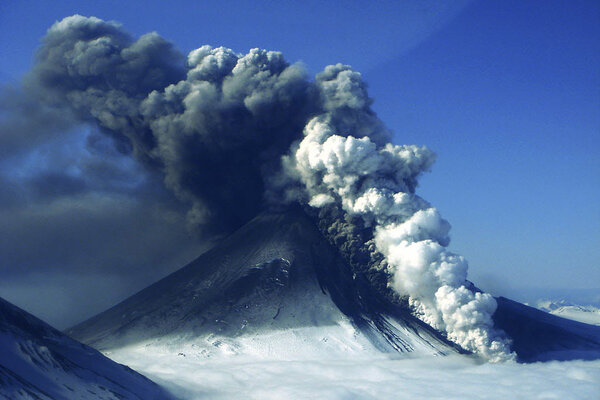 Pavlof eruption: Will Alaskans see lava soon?
Pavlof eruption: Will Alaskans see lava soon?Alaska's Pavlof Volcano is getting more active, say observers, with ash clouds rising to 22,000 feet and molten rock appearing on the surface.
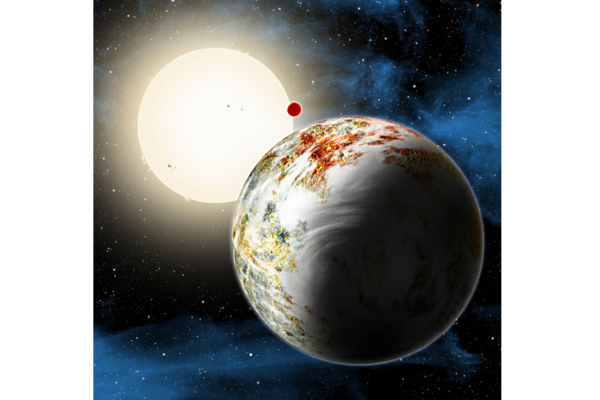 'Godzilla' planet: How big can a rocky planet get?
'Godzilla' planet: How big can a rocky planet get?A newly discovered rocky planet, 17 times the mass of ours, has been called the 'Godzilla of Earths.'
 Will humans one day parachute to Mars?
Will humans one day parachute to Mars?Using the island of Kauai as a stand-in for Mars, NASA officials plan to test a parachute designed to land a heavy load on the Red Planet.
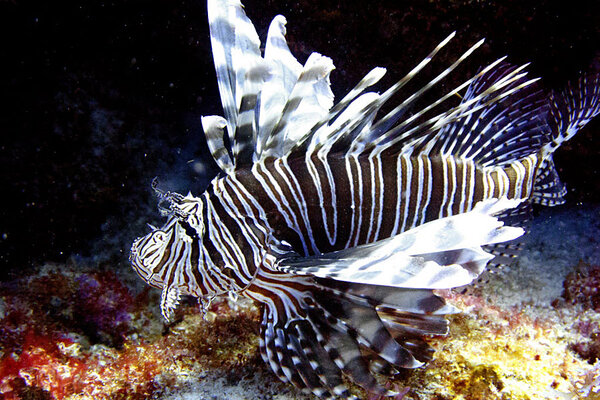 Stopping invasive lionfish? There's an app for that.
Stopping invasive lionfish? There's an app for that.Florida has a new smartphone app that helps people gather data on sightings of lionfish, an invasive, venomous, spiky fish that is threatening local ecosystems.
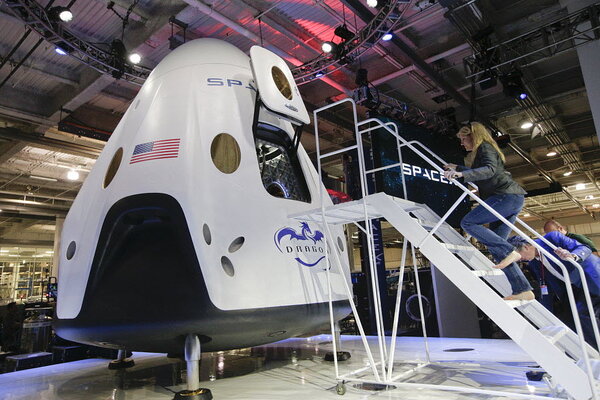 Beyond Dragon V2: 5 more innovations from Elon Musk
Beyond Dragon V2: 5 more innovations from Elon MuskElon Musk unveiled his Dragon V2 space taxi on Thursday. Musk's vision has brought us electric cars, cheap cargo transport to the International Space Station, and more.
- Why Jacques Cousteau's grandson will spend 31 days underwater
Fabien Cousteau will spend 31 days in an underwater laboratory known as Aquarius. He hopes to break his grandfather Jacques Cousteau's record of 30 days underwater. Cousteau will be studying the impact of ocean pollution and warming seas on coral reefs.
- NASA makes public 45-year-old photos of astronauts in Hawaii
Why did Apollo astronauts train on the lava surfaces of Hawaii? And why NASA still tests equipment in Hawaii.
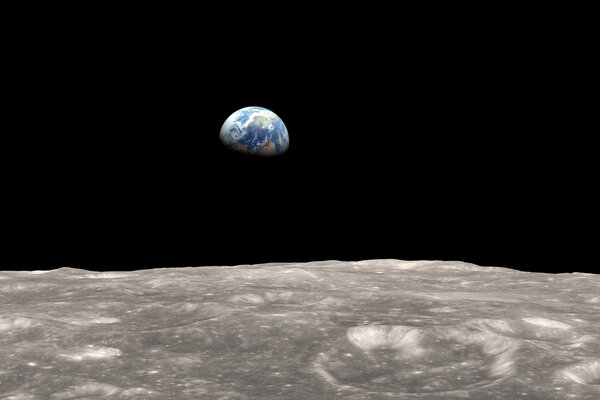 NASA scientists measure the moon's dancing tides
NASA scientists measure the moon's dancing tidesShall we dance? Earth and the moon tug on each other as they whirl through space. The moon's tug causes rising and falling tides on Earth, but the tidally locked moon must flex rock – and the bulge moves as Earth does.
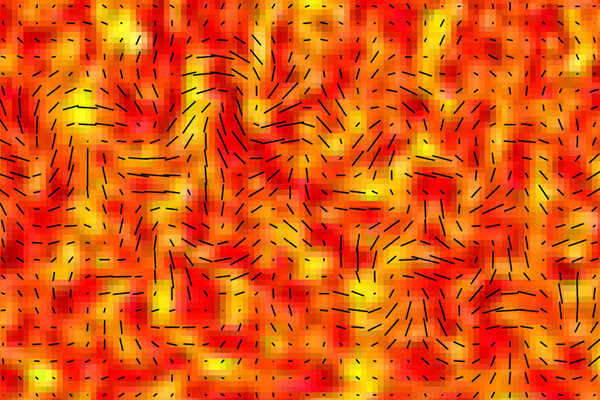 Prestigious Kavli Prize goes to 'cosmic inflation' theorists
Prestigious Kavli Prize goes to 'cosmic inflation' theoristsThree physicists who helped develop the theory that the universe expanded rapidly in the moments following the Big Bang have been awarded the $1 million Kavli Prize, which also went to six other scientists studying neuroscience and nanoscience.
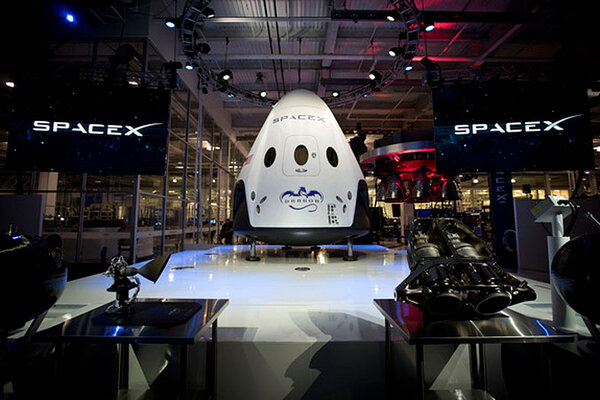 SpaceX unveils manned spacecraft
SpaceX unveils manned spacecraftThe private spaceflight company SpaceX revealed its Dragon V2 spaceship, which can ferry up to seven astronauts into orbit.
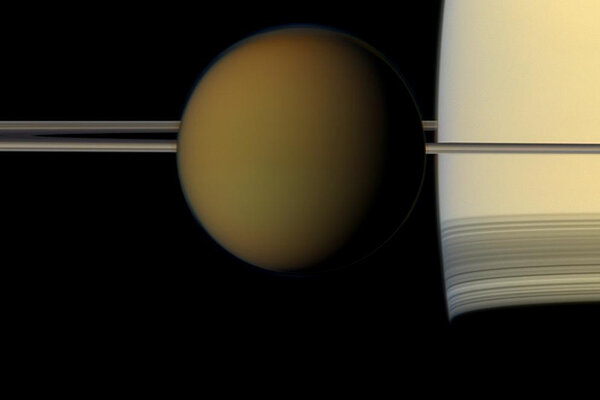 Exoplanets: Why Titan's haze clouds prognosis for studying alien atmospheres
Exoplanets: Why Titan's haze clouds prognosis for studying alien atmospheresAstronomers looking for exoplanets that support life have eagerly anticipated improved analyses of their atmospheres. But observations of Saturn's moon Titan suggest haze and dust could pose a problem.
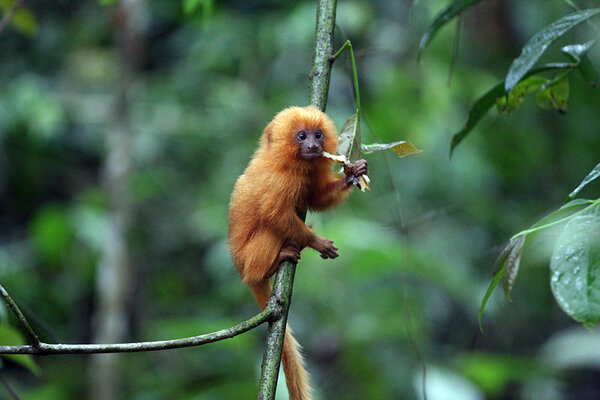 Extinction rates higher than thought, but not all gloom and doom
Extinction rates higher than thought, but not all gloom and doomA new estimate finds extinction rates to be 10 to 100 times faster than previous estimates. But those involved in the analysis take hope in the sophisticated, public databases of species that have emerged in recent years.
- Antarctic Ice Sheet could contribute to rapid sea level rise, say scientists
Some 14,600 years ago, sea levels rose 6.5 feet in just a century, thanks to Antarctica's melting glaciers. It could happen again, say researchers.
 Three $1 million prizes given to nine scientists
Three $1 million prizes given to nine scientistsNine scientists won the prestigious Kavli Prizes on Thursday, awarded biennially for discoveries in astrophysics, neuroscience, and nanoscience.
 Russian spaceship docks with ISS, carrying Russian, German, and American
Russian spaceship docks with ISS, carrying Russian, German, and AmericanThe three astronauts are joining two Russians and an American who have been at the station since March.
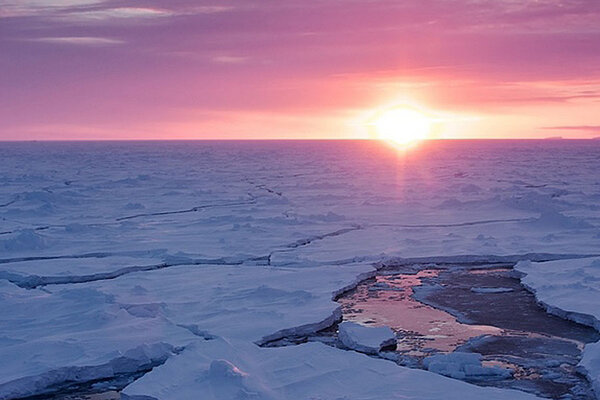 Big waves could help explain Antarctic ice mystery, say scientists
Big waves could help explain Antarctic ice mystery, say scientistsLarge waves from violent ocean storms could crack sea ice hundreds of miles from its edge, a new study has found.
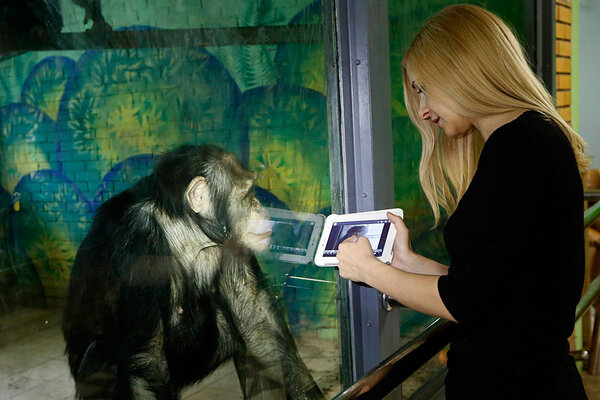 Humanity's ancestors traded brawn for brains, study suggests
Humanity's ancestors traded brawn for brains, study suggestsCompared to our closest primate relatives, we're a bunch of weaklings. New research suggests that our ancestors traded physical strength for brainpower.



















